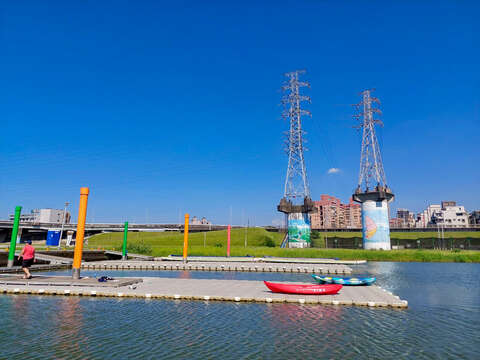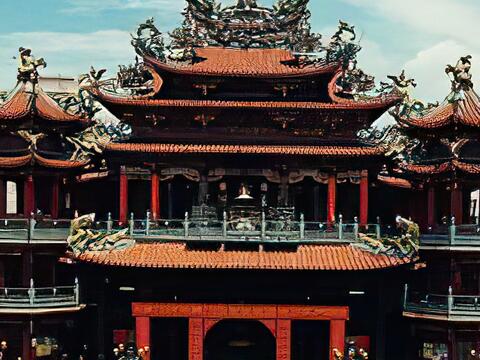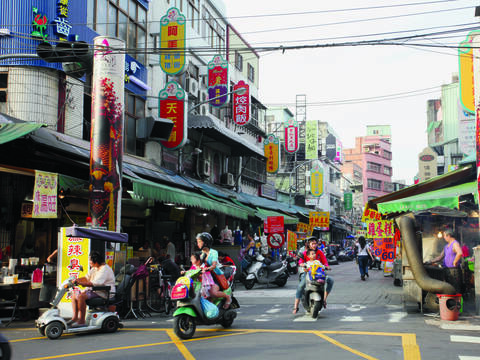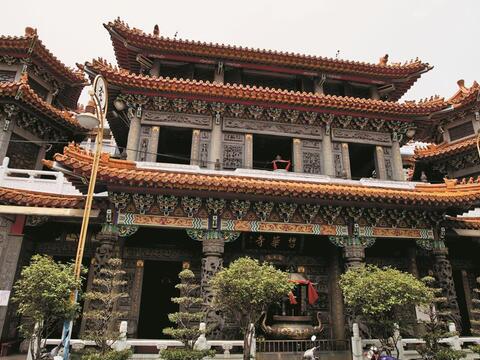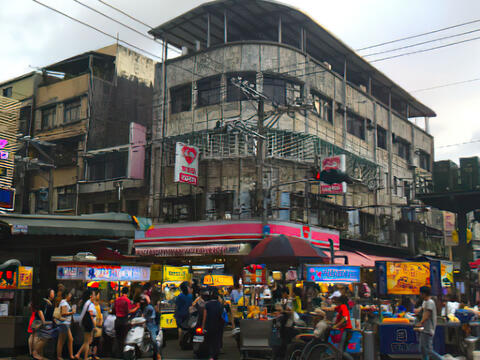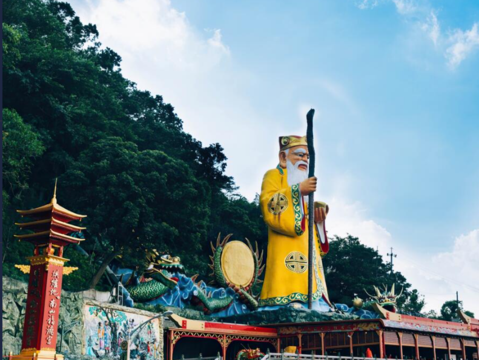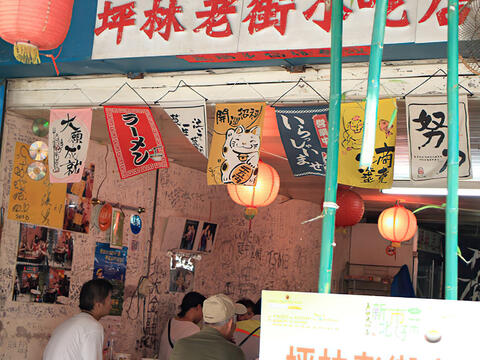Exploring New Taipei by Taipei MRT – Zhonghe-Xinlu Line (Luzhou branch)
Popularity 4229
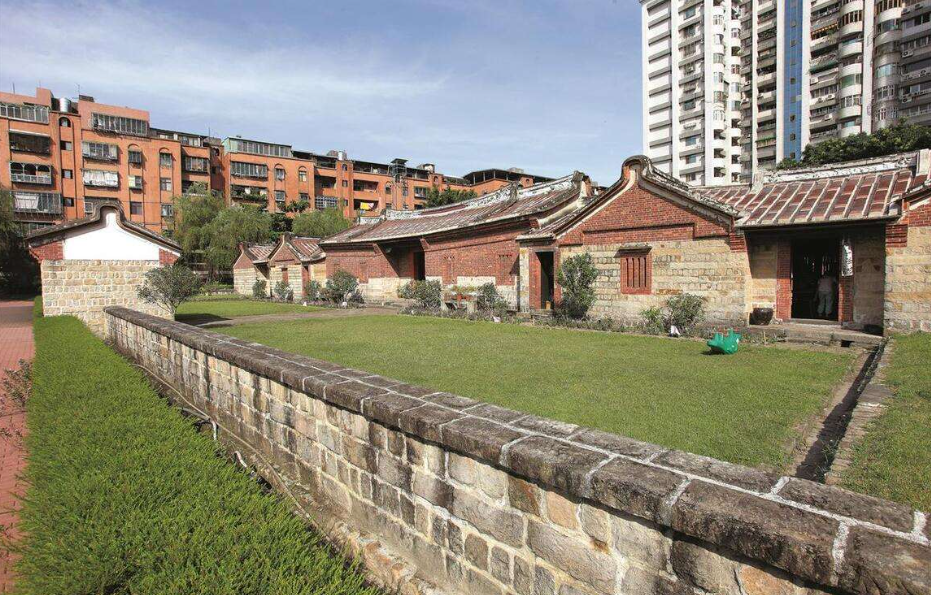
Category :
MRT Travel
Travel days :
1 day
適合對象 :
Public
推薦路線
Day
第一天
Introduction
Anchor pointThe Luzhou branch of Zhonghe-Xinlu Line spans across Luzhou and Sanchong Districts. Both districts belonged to Luzhou Township before 1947. Now they are collectively called Sanlu District, surrounded by Erchong Floodway and Tamsui River like an island. There are 12 bridges connecting Taipei City and Wugu-Xinzhuang area. With a vast waterfront area, this location is highly suitable for cycling.
Luzhou branch of Zhonghe-Xinlu Line is entirely underground. Launched in 2010, this branch has a total of five stations, including Sanchong Elementary School (O50), Sanhe Junier High School (O51), St. lgnatius High School (O52), Sanmin Senior High School (O53), and Luzhou (O54). As a satellite town of Taipei City, the Sanlu area is only separated from Taipei City by a bridge. It is also the district with the highest density of temples in Taiwan. Take the MRT now and visit Sanlu!
Luzhou (O54): Breeze Canal
"Luzhou Fanyue" (paddling under the moonlight at Luzhou) was one of the eight scenes of Tamsui River in Qing Dynasty, capturing the scenery of river and sandy bays around Luzhou in the early days. Although Luzhou has been highly urbanized today, it is still possible to enjoy the mountain and river scenery in the waterfront area. Breeze Canal is located within Erchong Floodway. It is a designated waterway in New Taipei City for hosting international competitions of rowing and canoeing. The annual Dragon Boat competition is also held here! On usual days, the waterway is also open to the public for activities such as windsurfing and kayaking. This location is blessed with the widest view in the Sanlu area, with Guanyin Mountain and Yangmingshan standing on two sides of Tamsui River. The natural scenery here is rare in the city.

Sanmin Senior High School (O53): Luzhou Li's Residence, Yonglian Temple, Luzhou Temple Street Commercial District
The historic site of Li's Residence in Luzhou is a cultural landmark in the Luzhou area. In Luzhou, where the population density is as high as 27,000 people per square kilometer, it has not been easy to preserve Li's Residence in its complete, original appearance. Luzhou Li's Residence was built in 1895 with nine halls and sixty rooms. There is a lotus pond in front of the courtyard. It is a grand mansion of a prominent local family. The architecture is of a combined layout of a farmhouse and an official's residence.

The Li family of Luzhou immigrated from Quanzhou, Fujian to Luzhou during the Qianlong period of Qing Dynasty. The third generation of the family after immigrating, Li Shuhua, served as a Confucian School official in Anping and Fengshan counties, which greatly enhanced Luzhou’s scholarly culture. The fifth generation of the family after immigrating, Li Youbang, was a lieutenant general who performed well in the Second Sino-Japanese War who eventually died in the White Terror political oppression. Consequently, General Li Youbang Memorial Hall was set up at Li's Residence in Luzhou, in memory of the modern history of Taiwan.
When it comes to the most representative delicacy of Luzhou, it has to be Qiezi noodles (tshı̍k-á-mī in the Taiwanese dialect)! The name, Qiezi, comes from the movement of shaking noodles in a skimmer when the noodles are cooked. It is served with a rich broth made from pork bones and added with leeks and bean sprouts so it is fresh and filling at the same time. Qiezi noodles is a representative noodle dish of northern Taiwan, equally well-known as Danzi noodles from Tainan in southern Taiwan. Qiezi noodles originated from the stalls in front of Yonglian Temple. Today, Luzhou Temple Night Market that developed around Yonglian Temple has become the liveliest commercial district in the area! Qiezi noodles as well as Yonglian Temple are important identities for Luzhou locals!


Sanhe Junier High School (O51): Bihua Temple, Bihua Fabric Street
With great location advantages, Sanchong is only a bridge away from Taipei City. In the era of rapid economic and population growth in Taiwan, a large number of people poured into Sanchong. In the 1970s, the government pushed the "your living room as the workshop" campaign and turned the whole population into a workforce and created economic miracles. The prosperous Sanchong Bihua Fabric Street, in its heyday, was where more than 300 fabric stores gathered in the 1980s. Having witnessed the rise and fall of Taiwan's garment industry, it has now been transformed into a fabric museum. Offering a wide variety of fabrics at affordable prices, it is a favorite of DIY enthusiasts and students! At the end of Fabric Street, you will find the century-old Bihua Temple which used to be dedicated to Sakyamuni, and now has become a temple integrating Confucianism, Taoism, and Buddhism. It is a popular place of worship.


Sanchong Elementary School (O50): Sanhe Night Market
As it gets dark, you will find yourself at the last stop of Luzhou Branch, Sanchong Elementary School. From here it is an 8-minute walk to Sanhe Night Market, which is the night market frequented by Sanchong locals. There are many stalls that have been around for more than three decades, and the price here is more affortable compared to tourist night markets such as Shilin Night Market. Sesame oil chicken soup, wontons, rice balls, xiaolongbao, milk sticks, ba-wan (Taiwanese meatballs), papaya milk, sweet potato balls, crispy sticks, and green onion cakes are all popular delicacies at Sanhe Night Market.
Luzhou branch of Zhonghe-Xinlu Line is entirely underground. Launched in 2010, this branch has a total of five stations, including Sanchong Elementary School (O50), Sanhe Junier High School (O51), St. lgnatius High School (O52), Sanmin Senior High School (O53), and Luzhou (O54). As a satellite town of Taipei City, the Sanlu area is only separated from Taipei City by a bridge. It is also the district with the highest density of temples in Taiwan. Take the MRT now and visit Sanlu!
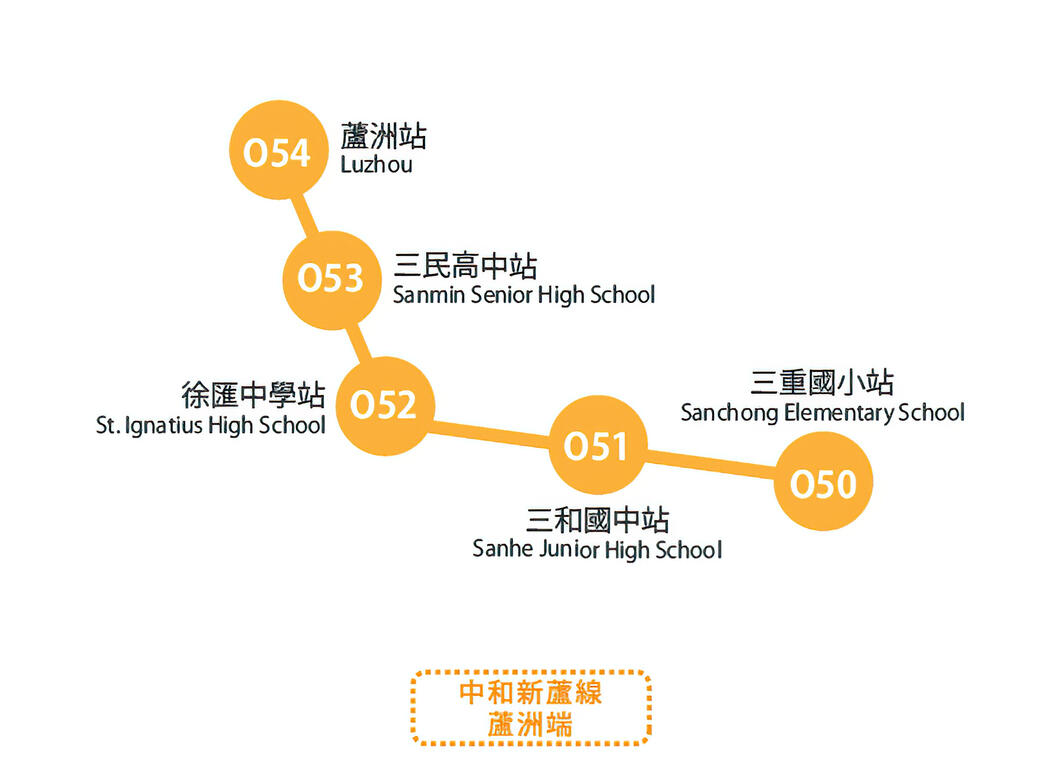
Luzhou (O54): Breeze Canal
"Luzhou Fanyue" (paddling under the moonlight at Luzhou) was one of the eight scenes of Tamsui River in Qing Dynasty, capturing the scenery of river and sandy bays around Luzhou in the early days. Although Luzhou has been highly urbanized today, it is still possible to enjoy the mountain and river scenery in the waterfront area. Breeze Canal is located within Erchong Floodway. It is a designated waterway in New Taipei City for hosting international competitions of rowing and canoeing. The annual Dragon Boat competition is also held here! On usual days, the waterway is also open to the public for activities such as windsurfing and kayaking. This location is blessed with the widest view in the Sanlu area, with Guanyin Mountain and Yangmingshan standing on two sides of Tamsui River. The natural scenery here is rare in the city.
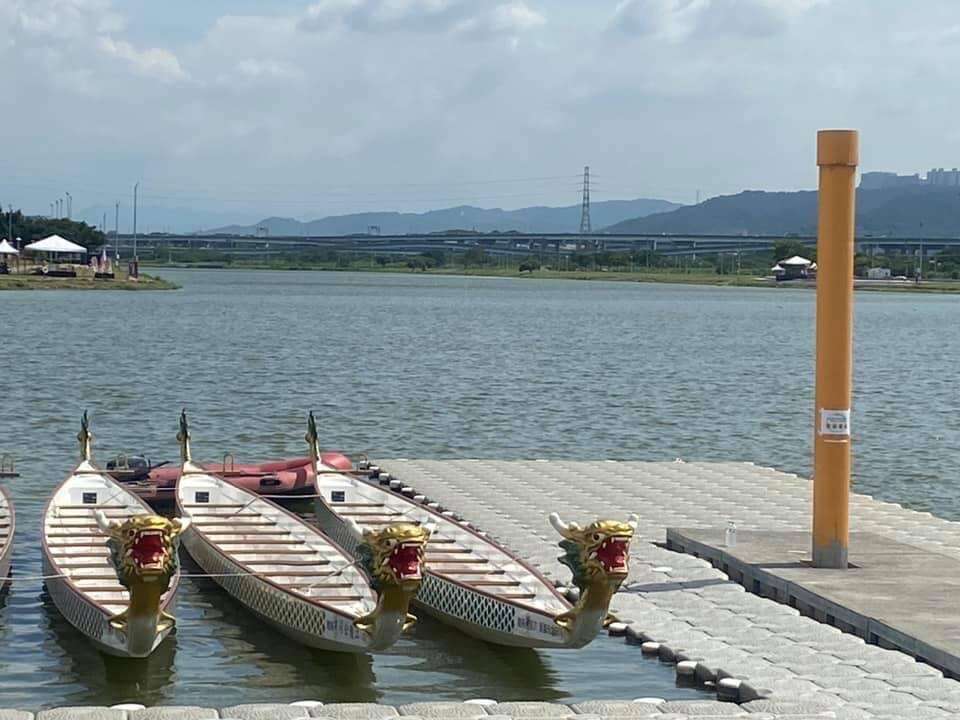
Sanmin Senior High School (O53): Luzhou Li's Residence, Yonglian Temple, Luzhou Temple Street Commercial District
The historic site of Li's Residence in Luzhou is a cultural landmark in the Luzhou area. In Luzhou, where the population density is as high as 27,000 people per square kilometer, it has not been easy to preserve Li's Residence in its complete, original appearance. Luzhou Li's Residence was built in 1895 with nine halls and sixty rooms. There is a lotus pond in front of the courtyard. It is a grand mansion of a prominent local family. The architecture is of a combined layout of a farmhouse and an official's residence.

The Li family of Luzhou immigrated from Quanzhou, Fujian to Luzhou during the Qianlong period of Qing Dynasty. The third generation of the family after immigrating, Li Shuhua, served as a Confucian School official in Anping and Fengshan counties, which greatly enhanced Luzhou’s scholarly culture. The fifth generation of the family after immigrating, Li Youbang, was a lieutenant general who performed well in the Second Sino-Japanese War who eventually died in the White Terror political oppression. Consequently, General Li Youbang Memorial Hall was set up at Li's Residence in Luzhou, in memory of the modern history of Taiwan.

When it comes to the most representative delicacy of Luzhou, it has to be Qiezi noodles (tshı̍k-á-mī in the Taiwanese dialect)! The name, Qiezi, comes from the movement of shaking noodles in a skimmer when the noodles are cooked. It is served with a rich broth made from pork bones and added with leeks and bean sprouts so it is fresh and filling at the same time. Qiezi noodles is a representative noodle dish of northern Taiwan, equally well-known as Danzi noodles from Tainan in southern Taiwan. Qiezi noodles originated from the stalls in front of Yonglian Temple. Today, Luzhou Temple Night Market that developed around Yonglian Temple has become the liveliest commercial district in the area! Qiezi noodles as well as Yonglian Temple are important identities for Luzhou locals!
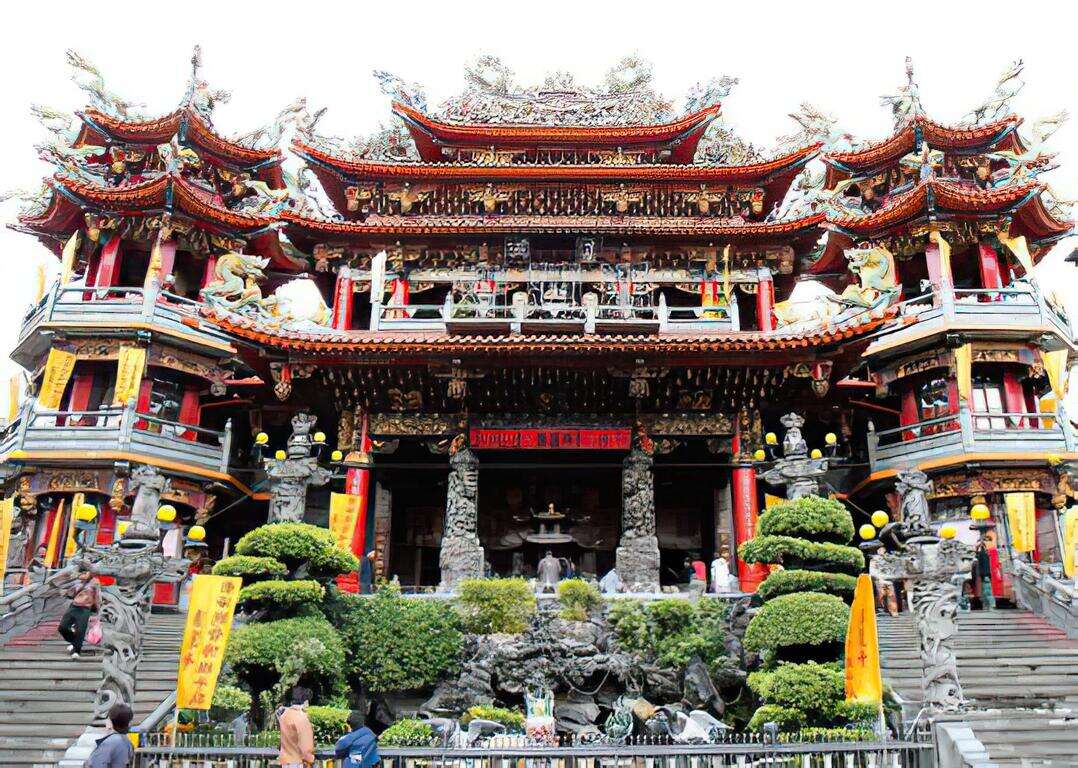
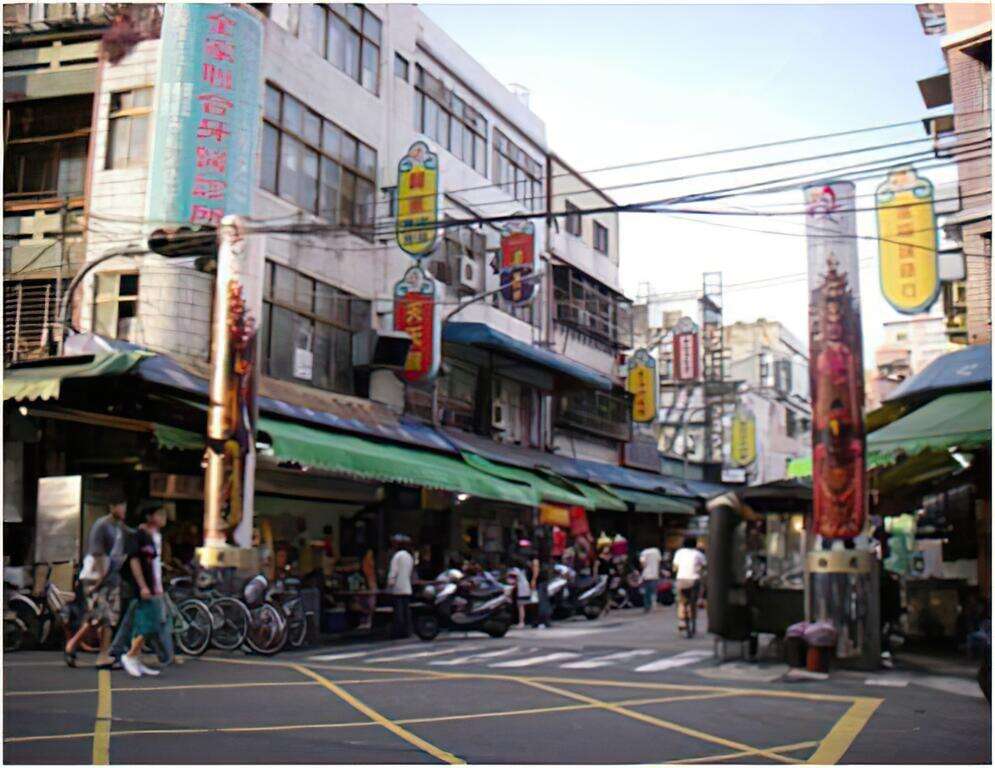
Sanhe Junier High School (O51): Bihua Temple, Bihua Fabric Street
With great location advantages, Sanchong is only a bridge away from Taipei City. In the era of rapid economic and population growth in Taiwan, a large number of people poured into Sanchong. In the 1970s, the government pushed the "your living room as the workshop" campaign and turned the whole population into a workforce and created economic miracles. The prosperous Sanchong Bihua Fabric Street, in its heyday, was where more than 300 fabric stores gathered in the 1980s. Having witnessed the rise and fall of Taiwan's garment industry, it has now been transformed into a fabric museum. Offering a wide variety of fabrics at affordable prices, it is a favorite of DIY enthusiasts and students! At the end of Fabric Street, you will find the century-old Bihua Temple which used to be dedicated to Sakyamuni, and now has become a temple integrating Confucianism, Taoism, and Buddhism. It is a popular place of worship.
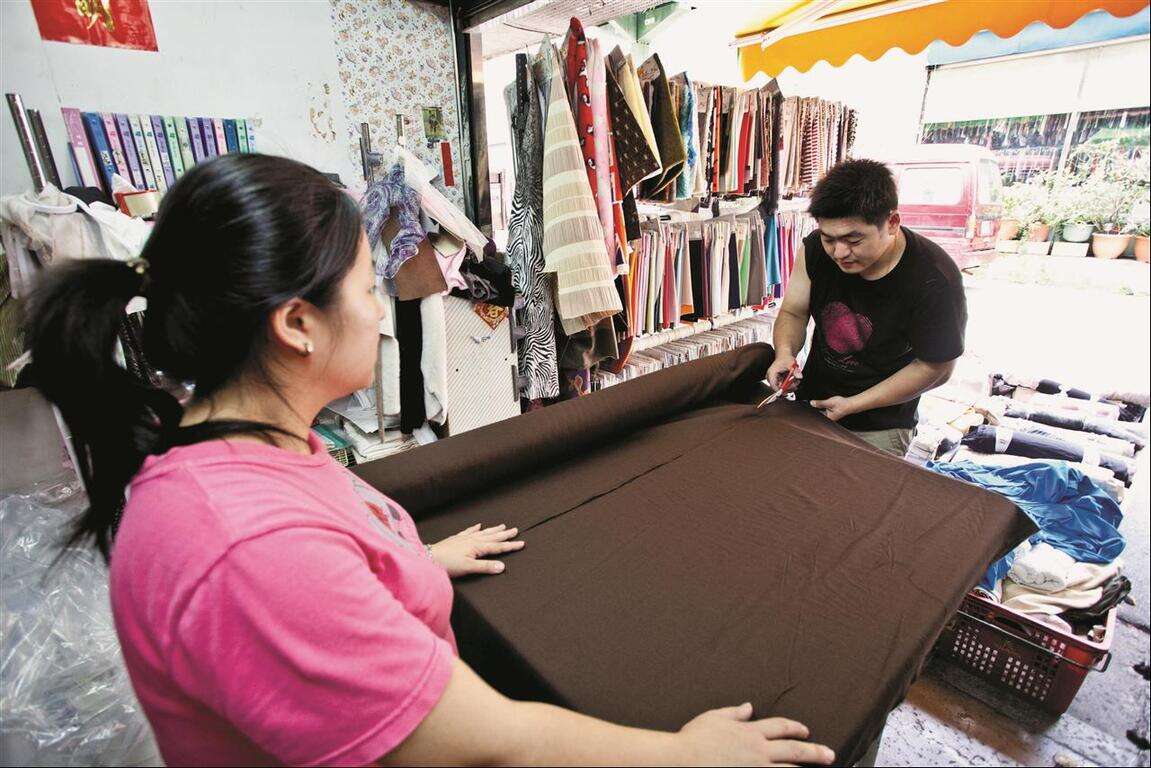
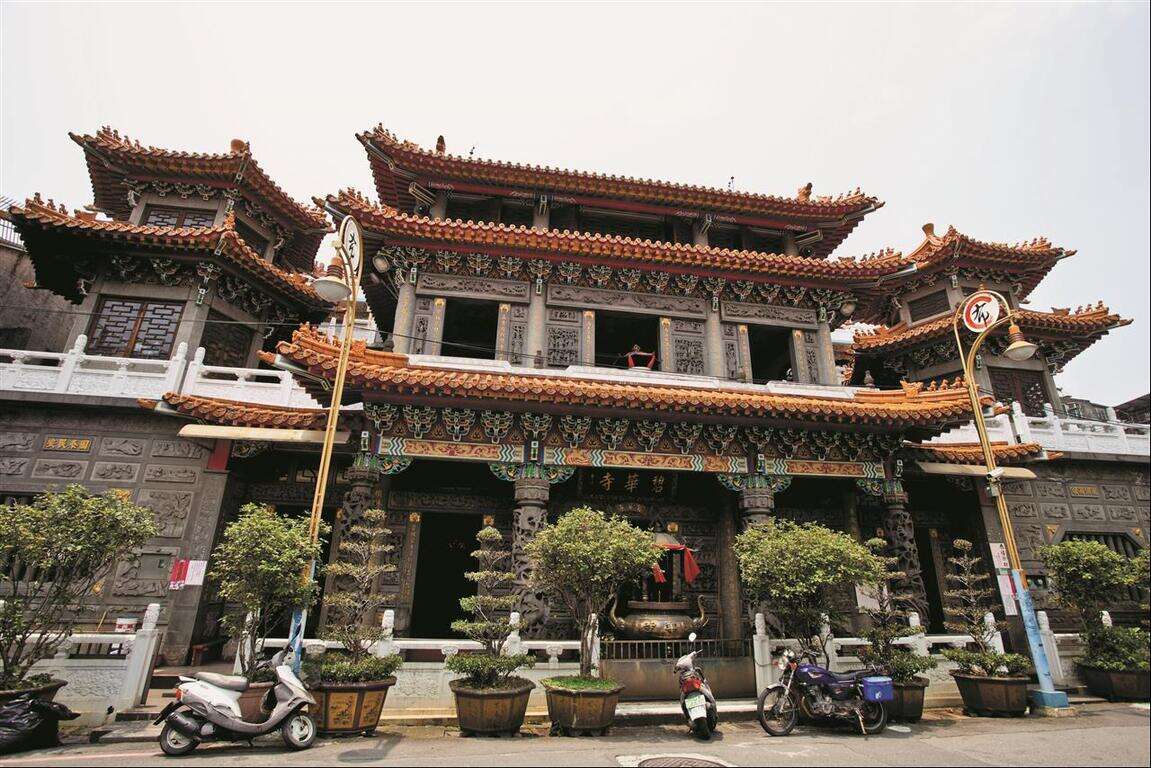
Sanchong Elementary School (O50): Sanhe Night Market
As it gets dark, you will find yourself at the last stop of Luzhou Branch, Sanchong Elementary School. From here it is an 8-minute walk to Sanhe Night Market, which is the night market frequented by Sanchong locals. There are many stalls that have been around for more than three decades, and the price here is more affortable compared to tourist night markets such as Shilin Night Market. Sesame oil chicken soup, wontons, rice balls, xiaolongbao, milk sticks, ba-wan (Taiwanese meatballs), papaya milk, sweet potato balls, crispy sticks, and green onion cakes are all popular delicacies at Sanhe Night Market.
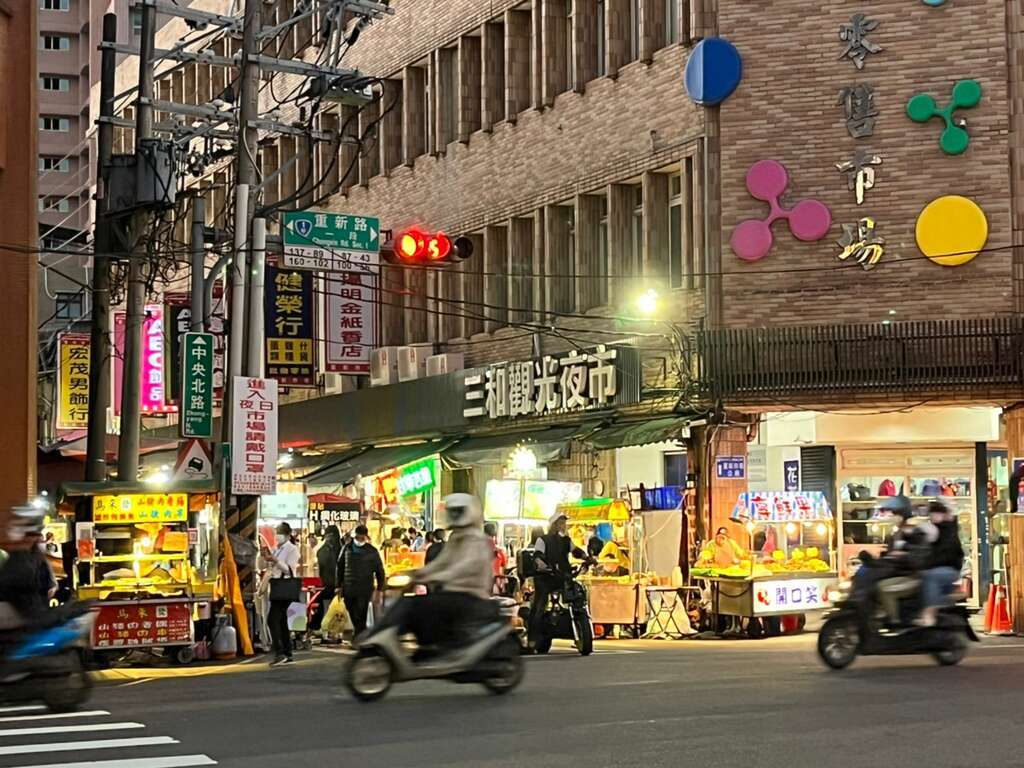
Read more
What's Hot
Things to do
Plan your trip
